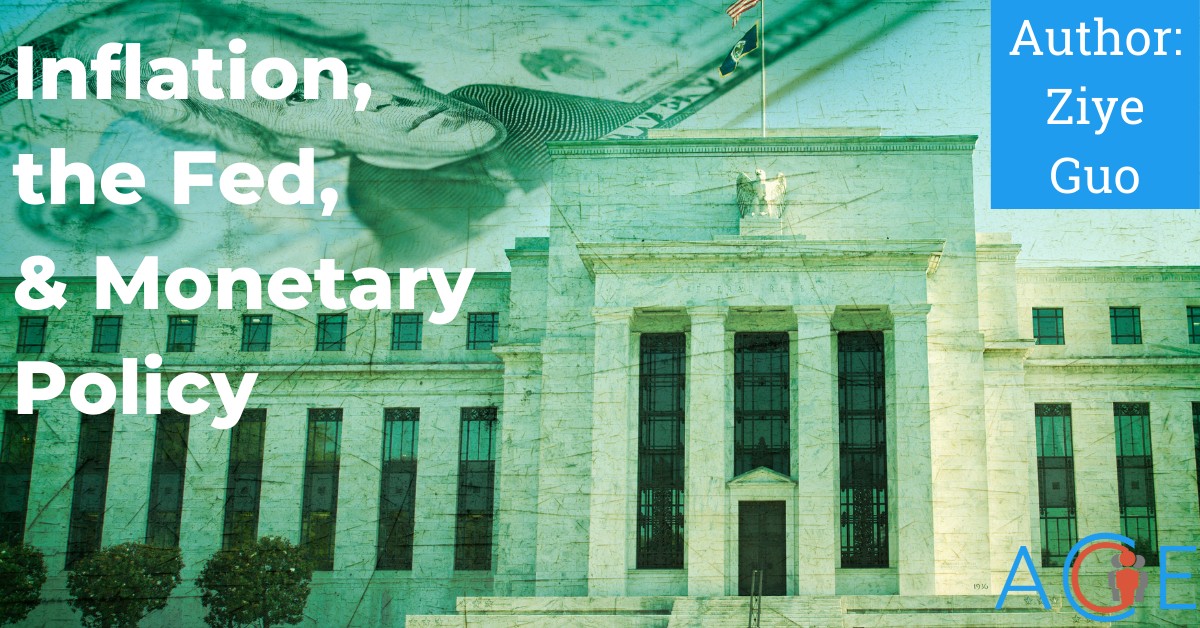The poverty line, or poverty threshold, is the minimum amount of income that a family needs for food, clothing, transportation, shelter, and other necessities, once a year. It represents the border between poverty and non-poverty for administrative and statistical purposes. In many countries, such as the United States, this statistic is adjusted yearly for inflation. An example of the U.S. poverty line in the year 2021 is shown below. The poverty line varies according to the number of persons in a household.
Source: Department of Health and Human Services
There are two versions of the poverty line in the United States:
- The poverty thresholds are the original version of the federal poverty measure. They are updated each year by the Census Bureau. The thresholds are used mainly for statistical purposes. For instance, preparing estimates of the number of Americans in poverty each year.
- The poverty guidelines are the other version of the federal poverty measure. They are issued each year in the Federal Register by the Department of Health and Human Services (HHS). The guidelines are a simplification of the poverty thresholds for use for administrative purposes. For instance, determining financial eligibility for certain federal programs such as Project Head Start.
Methods of Evaluating Poverty
One of the methods to calculate the poverty line in the U.S. is the Gallup Poll. The national survey has regularly asked people to report what is the least amount of income a family needs in order to get along in their community. However, it is possible that some interest groups may ask people to inflate their answers with the expectation of higher benefits.
The other popular method to evaluate poverty is through counting calories. The relationship between hunger and poverty remains strong, and many countries calculate poverty lines by calculating how much it costs to obtain enough food. Such calculation meets a calorie norm of around 2,000 calories a day, which is recommended by nutritional experts at the Food and Agricultural Organization of the United Nations.
Calories can be converted into money by looking at what people spend and finding the income level at which, on average, people get 2,000 calories. This can be done by plotting what is called the “calorie Engel curve.” For example, in the United States, the poverty line was set by starting not from a calorie norm but from an economic food plan recommended by the Department of Agriculture.
Poverty Classification
- Relative poverty is identified as the inability to participate in society. Relative measures of poverty are often constructed by using poverty lines that move with average income, so that the minimum acceptable income is tied to what other people get. To some people, poverty also means lack of access to education, healthcare, or even entertainment. Relative poverty is a much more complicated concept. This concept of relative poverty is often used in developed worlds.
- Absolute poverty is simply not having enough to eat or enjoy good health, a severe lack of access to basic human needs. The basic living standards are consistent over time and globally, for example all humans need the same caloric and water intake no matter where they live.
The 2001 poverty line in the United States for a family of two adults and two children was $18,000 a year, more than ten times as much as the international “extreme poverty” line of $1 per person per day used by the World Bank and the United Nations.
The poverty line is used today to decide whether the income level of an individual or family qualifies them for certain federal benefits and programs. There are numerous United States policies regarding the poverty line, such as the recently passed American Rescue Plan by the Biden Administration. President Biden’s healthcare proposal aims to expand the Affordable Care Act so that 97% of Americans are insured, and will cost $750 billion over 10 years. It would include a public health insurance option like Medicare, which will be available premium-free to individuals in states that haven’t expanded Medicaid and to people making below 138% of the federal poverty level. It would also eliminate the 400% federal poverty level income cap for tax credit eligibility and lower employees’ maximum contribution for coverage to 8.5%. Many federal programs, such as the National School Lunch Program, are created and adjusted based on the poverty line. These programs are made as an effort to make food more accessible for those below the poverty line guidelines each year. The National School Lunch Program was created initially in 1946, with about 7.1 billion children participating that year. The program has grown dramatically, with 30.4 million children participating in 2016. Depending on family income, students can receive reduced or free meals.
Some critics argue that measuring poverty in the United States based solely on the cost of food ignores other significant factors that may influence a household or individual’s wealth. For instance, there are a multitude of factors, such as health conditions or access to transportation, that could impact how much someone could earn or how much they must spend. If an individual has a medical condition which their insurance does not cover, their spending will be higher than an individual without such a condition, even if they have the same incomes and spending habits.


